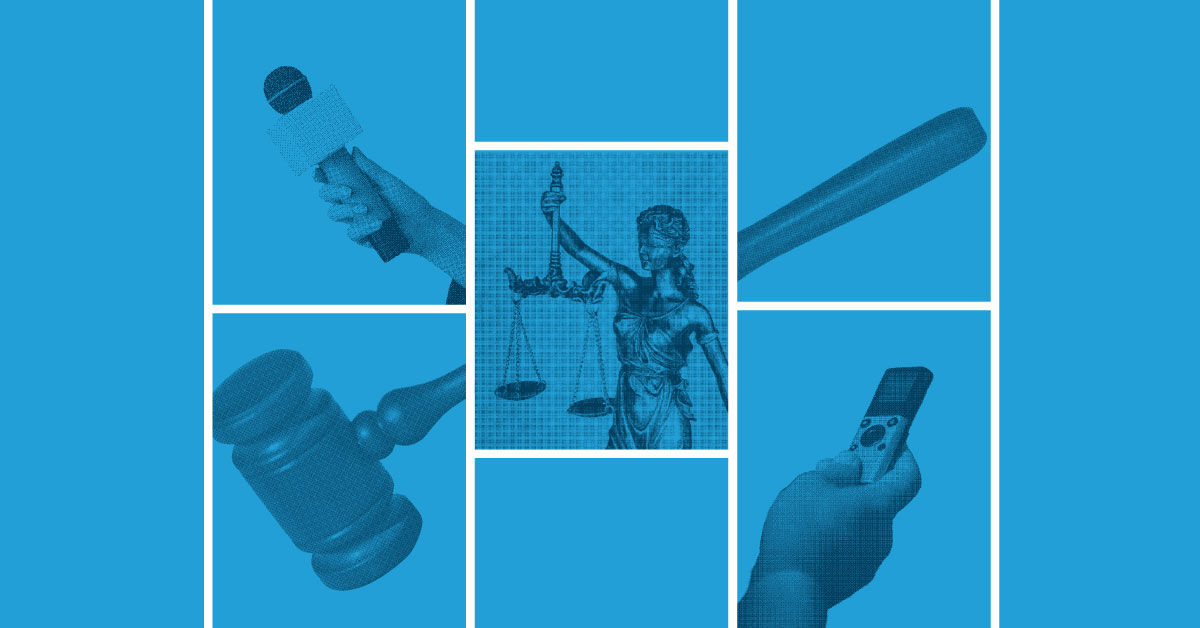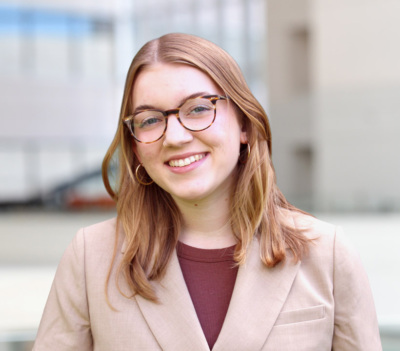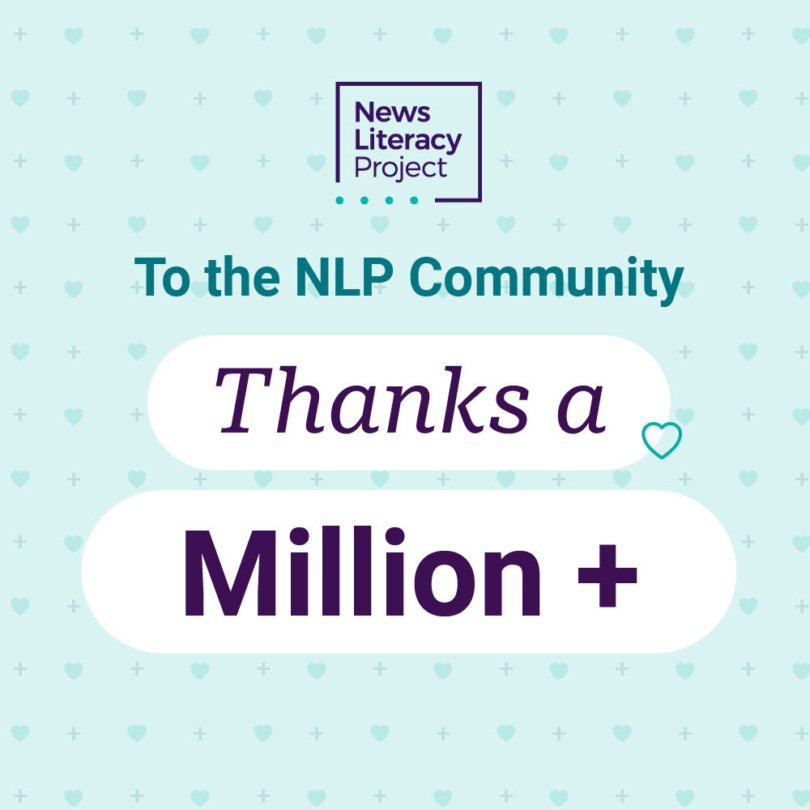
Trial by Media? The Free Press and the Criminal Justice System
In today’s fast-moving information landscape, journalists play a critical role in uncovering the truth. While social media has opened doors for reporters to reach wider audiences with accessible content, these platforms create additional challenges in the dissemination of credible information.


Preview Cuniff’s approach to uncovering events inside the courtroom below and pick up strategies for teaching students about the role of a free press. For more, view the webinar in full on edWeb.
🪄 Demystify high-profile news
Journalists like Cuniff transform complex events into comprehensible reports so the public can stay informed. To make the details of celebrity trials accessible, Cuniff often posts live updates on social media. The platforms create an “escape from the paywalled world of legal journalism,” she said. With this alternative to limited access to articles from legal journals, more people can gain an understanding of what is happening in the courtroom.
Cuniff’s role is especially important given the level of public interest, especially among young people, in high-profile, celebrity trials. With many eyes and ears on these proceedings, Cuniff knows she has a responsibility to ensure that her readers’ understanding of the case and of the legal system itself is shaped accurately.
“There are so many people paying attention to [celebrity cases], that it really shapes their view of the legal system. It’s crucial to provide some education there.”
🤳 Understand citizen journalism
With the decline of many traditional newsrooms around the country, citizen journalists, or individuals without formal journalism training who gather and share information on news events, have stepped onto the scene.
While citizen journalists may unlock information that would not have otherwise been widely available, their existence emphasizes the need to ask questions about the basis for a reported story, Cuniff said. Citizen journalists often are not trained in the standards or ethical practices of professional journalists.
News literacy skills like understanding standards of quality journalism and investigating the source help ensure that internet users can sort through credible reporting and avoid spreading falsehoods.
“It’s a good reminder about the need to educate people about news literacy, what you’re reading, what you’re consuming, and who’s using primary sources.”
💨 Take a breath
When reporting a trial, Cuniff may only have a ten-minute break in the action to post updates for readers. To ensure that she does not sacrifice accuracy in her mission to get breaking news out quickly, Cuniff has a simple practice: taking a deep breath and slowing down.
Cuniff prioritizes using her news judgment to get the basic, most important details out first, recognizing that the nuances of the story can come later, once they have been confirmed.
Just as Cuniff does when she is reporting breaking news, readers can follow the same practice of slowing down and pausing before sharing information online. Taking a few extra minutes to explore the source behind a claim and looking for confirmation from multiple sources goes a long way in curbing the spread of falsehoods.
“It’s all about trying to take a deep breath and to calm down and then focus on the basics.”


Do your students know their First Amendment Rights?
A core standard of news literacy involves acknowledging the importance of the First Amendment and a free press to an informed public. In “The First Amendment,” a FREE interactive lesson on the Checkology® virtual classroom, students learn why the First Amendment’s five rights and freedoms are vital to American democracy. Through case studies, they will weigh in on Supreme Court decisions in which these protections were challenged.

